BY BERKIN SAFAK SENER, ROSE FISHMAN, ANGELA MADERO, AND GALEN WINEY
Berkin Safak Sener, Rose Fishman, Angela Madero, and Galen Winey are second-year International Development students who recently traveled to Chennai, India to research health data management improvements as part of the International Development (IDEV) Practicum with Athena Infonomics, a data analytics firm based in that city.
The IDEV Practicum allows students to work directly with public, private and non-governmental organizations as a capstone to their graduate studies. The IDEV Practicum Blog is a six-part series that chronicles the travels of IDEV students who take on client projects over winter break.
Setting an alarm for 2:00 AM to electronically enter patient data is the reality for many health care workers in Tamil Nadu, India. Due to server and network connectivity issues during the day, village health workers often wake up before dawn to beat the server traffic and enter their patients’ data into the statewide health database system and pregnancy tracking system. As we sat down with one of the nurses at a primary health center, she showed us several data points she had to enter daily, weekly, and monthly for different registers. Behind us were stacks of books that held the older records. Currently, the state of Tamil Nadu is transitioning from a paper-based health data system to a paperless database system, but without full integration, nurses must enter data at several different points using a variety of tools. By fully digitizing data entry, the time a nurse spends entering data will dramatically decrease.
It has been noted that digital technology can have significant effects on health outcomes in low and middle-income countries. mHealth and eHealth have swept across the developing world with impressive success stories. India, and in particular the Southern state of Tamil Nadu, has made significant efforts the past decade to stay ahead of current trends. Tamil Nadu’s introduction of consolidated health information management systems has made crucial progress in registering, clustering, prioritizing and monitoring mothers and their newborns from the antenatal to postnatal phase. MCH indicators have improved due to increased deliveries attended by skilled health personnel and the use of obstetric care, as well as increased surveillance on high-risk mothers.[1] Considering that eHealth systems have contributed to the improvement of MCH indicators, optimizing frontline health workers data entry and policymakers’ priorities has been a departure point for our research.
Our SAIS IDEV practicum team worked with Athena Infonomics, a data analytics firm based in Chennai, India, to asses the collection and computerization of MCH data by ground-level health workers. With support from the Poonamallee Institute of Public Health (IPH), we completed field research in and around Chennai for three weeks this past January. Throughout our fieldwork, the staff at the Poonamallee IPH enthusiastically and constructively provided logistical assistance to our team. We were continuously impressed by the state health staff’s professionalism and dedication at all levels. Our team conducted interviews, observations, and focus group discussions with health workers at several different levels within the public health system. We plan to use our findings to, in conjunction with Athena Infonomics, inform upgrades to health data systems in Tamil Nadu.
Based on our observations, data collection and registration places a great deal of strain on front-line health workers. Village health nurses (VHN) are primarily responsible for MCH data collection as they are the ones who deliver the majority of antenatal and postnatal care. Due to the complicated transition from the paper-based system to the digital monitoring system, VHNs struggle with repetitive and time-consuming data entry. Despite Tamil Nadu government’s efforts to reduce the number of paper-based registries, the average VHN still writes the same patient information in six different locations: four paper-based locations including a personal diary and registry, and in two online systems with serious connectivity issues. We estimate that the average VHN spends 9-15 hours per week collecting and inputting data. Much of this is done late at night or early in the morning, substantially cutting into nurses’ limited off hours and potentially harming the quality of the data.
Our team is currently designing an integrated set of technical approaches to improve the quality and timeliness of data management for front-line health workers. Keeping functionality, feasibility and impact in mind, we are focusing on increasing the efficiency of MCH data collection and registration for health care workers, as well as the accuracy and availability of real-time MCH information for policymakers. As the Tamil Nadu government has already made plans to revamp the state-wide health monitoring system, our team aims to ensure this includes updates that assist village health nurses, the most junior in the healthcare system, with their work.
To do this, we plan to recommend developing a tablet-based application that would allow remote, offline, and straightforward data registry. This will enable VHNs to devote greater time to delivering critical health services, cutting the time that VHNs spend managing data to 3-5 hours. This is a vast improvement to the current average of 9-15 hours per week. The App’s adaptive features seek to optimize both VHNs and high-level health workers’ experiences with eHealth applications. With the proposed innovative application, Tamil Nadu will remain a front-runner in maternal and child health indicators in India.
[1] Padmanaban, P., Raman, P. S., & Mavalankar, D. V. (2009). Innovations and challenges in reducing maternal mortality in Tamil Nadu, India. Journal of Health, Population & Nutrition, 27(2), 202-219.
Below is a slideshow of pictures taken by the team members during their trip to Chennai, India.

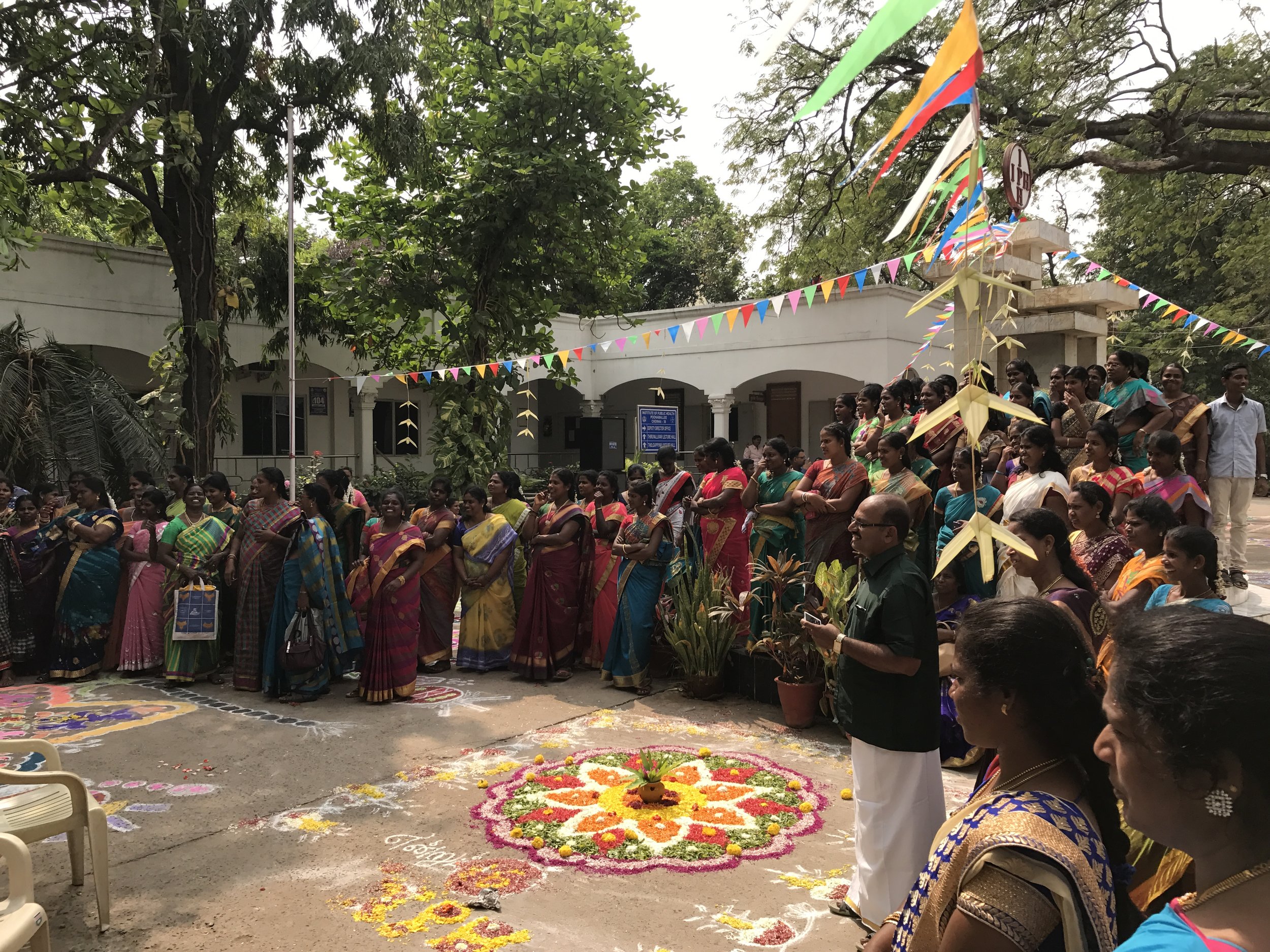
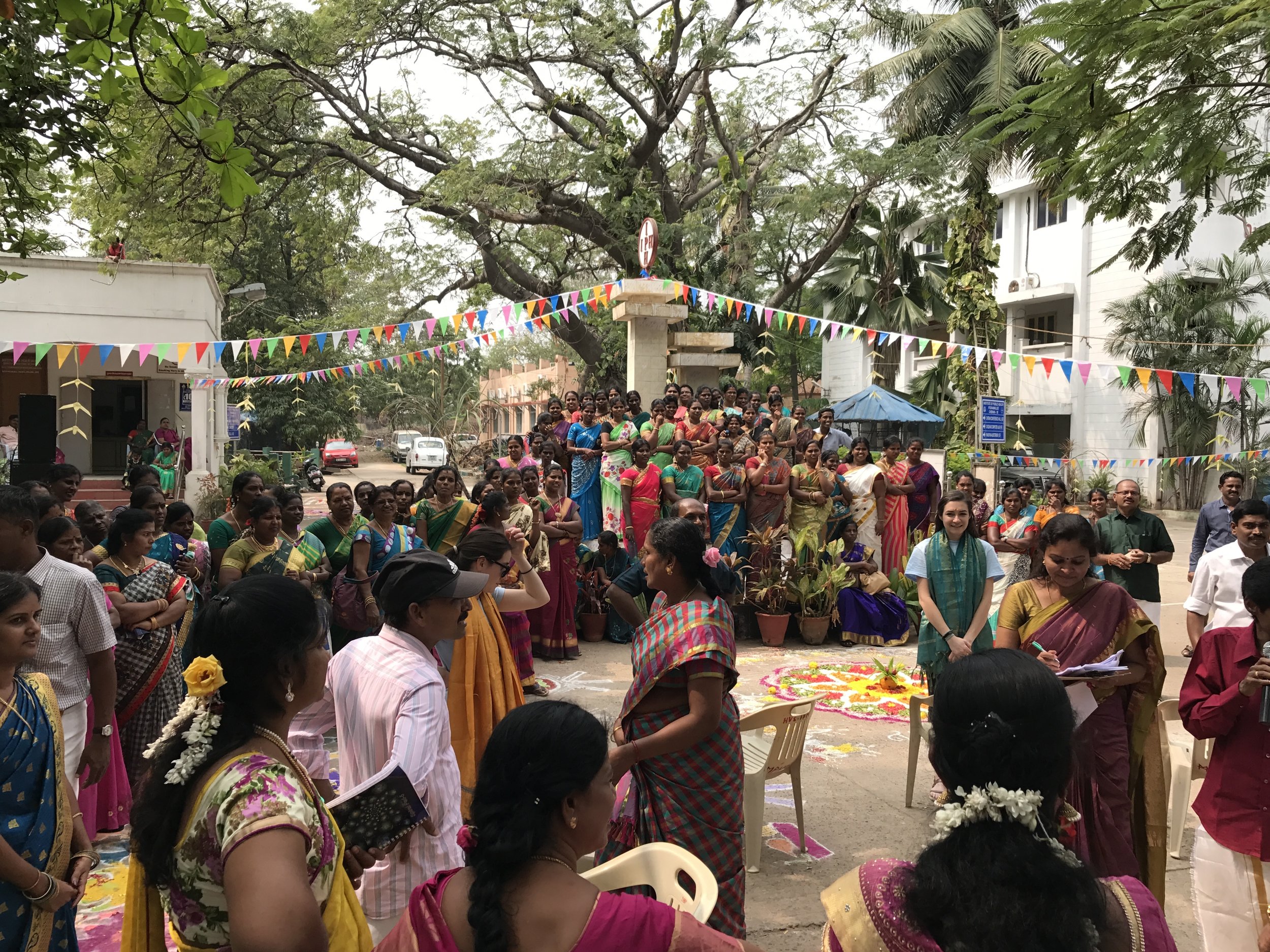
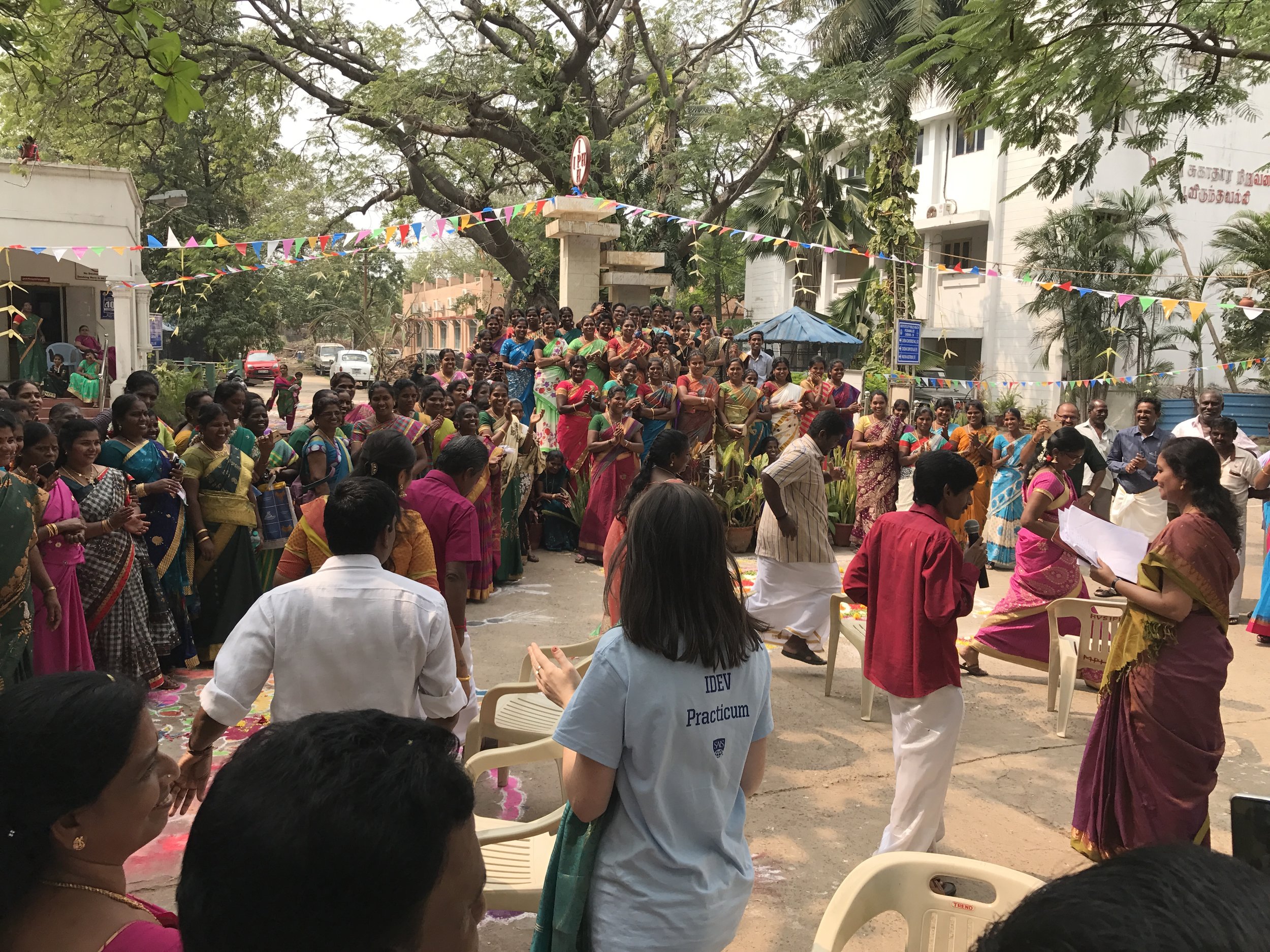
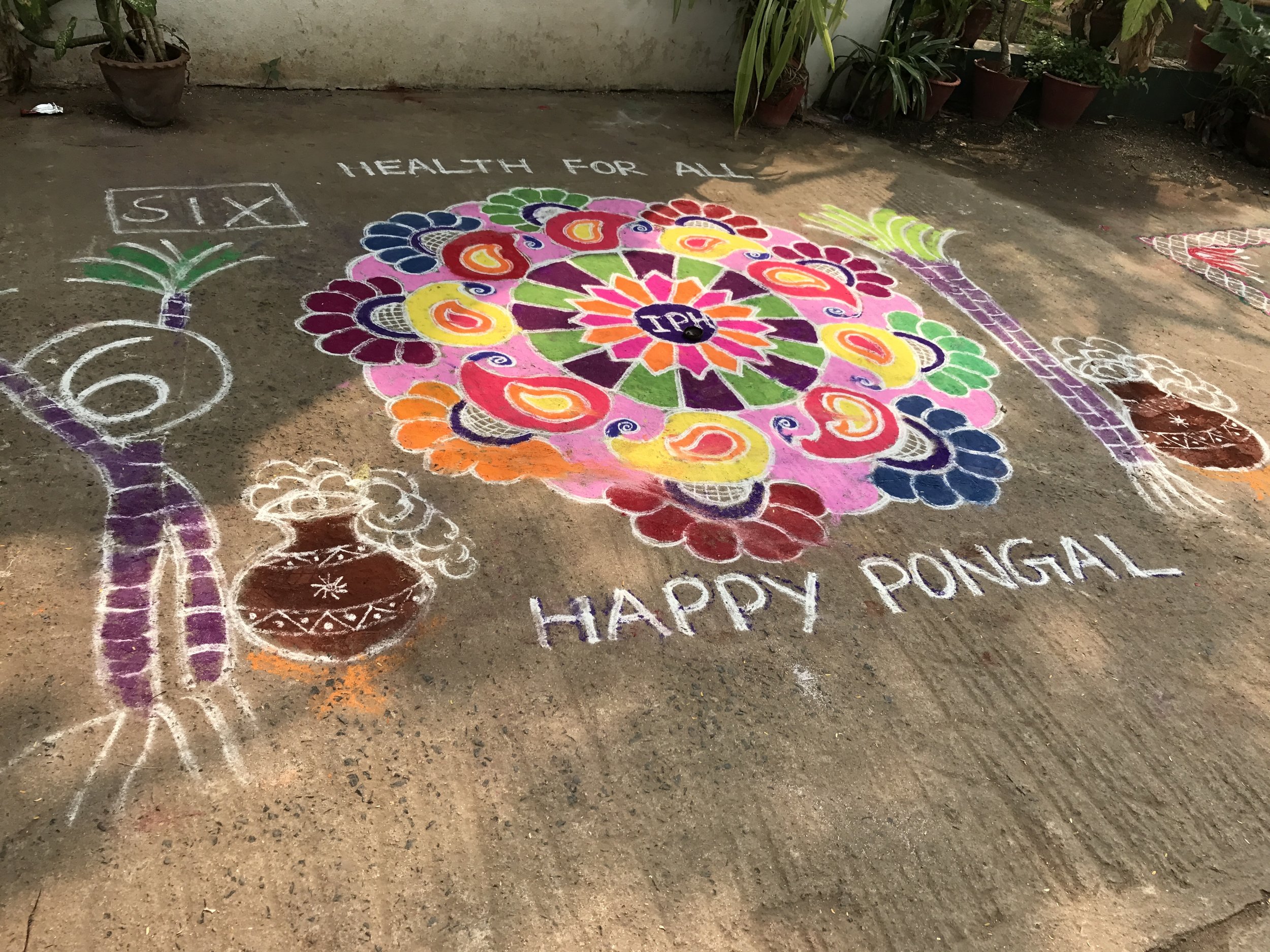
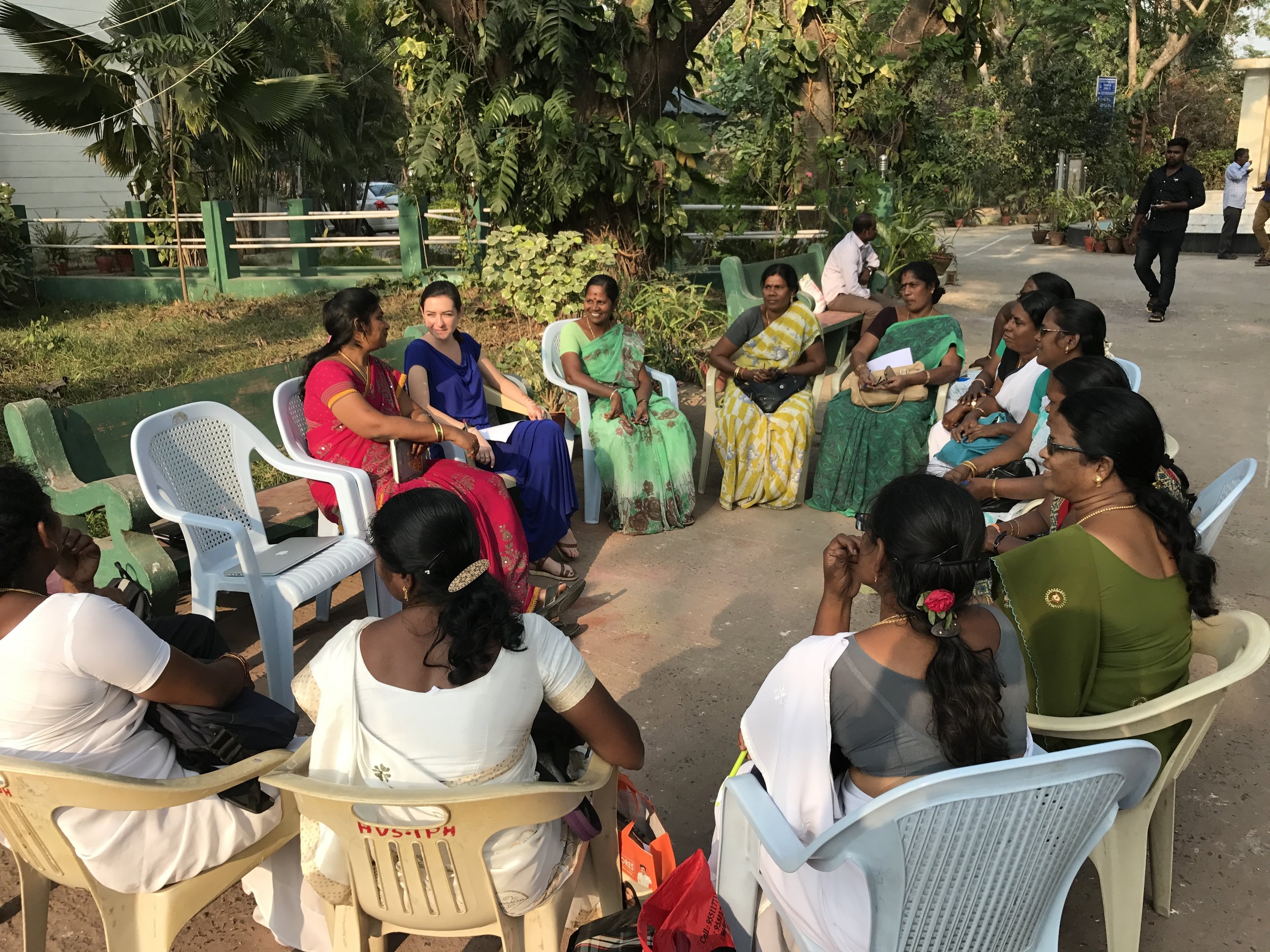
PHOTO CREDIT: Pictures taken during the trip by the authors.

